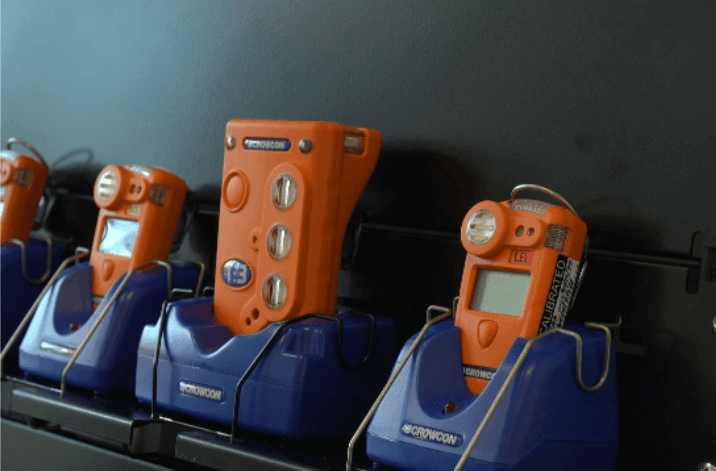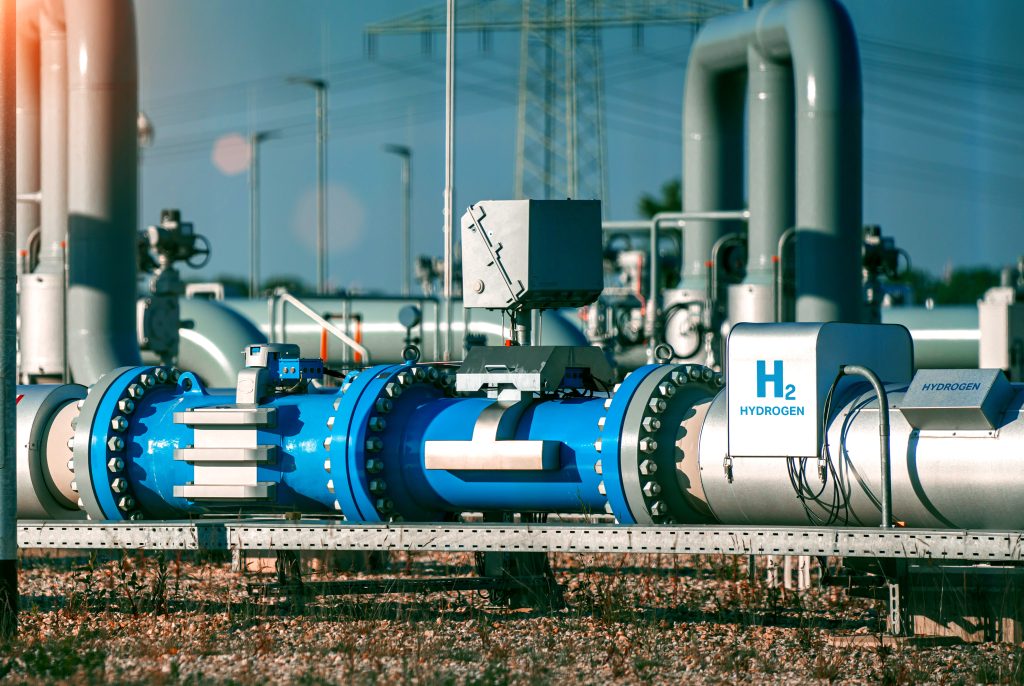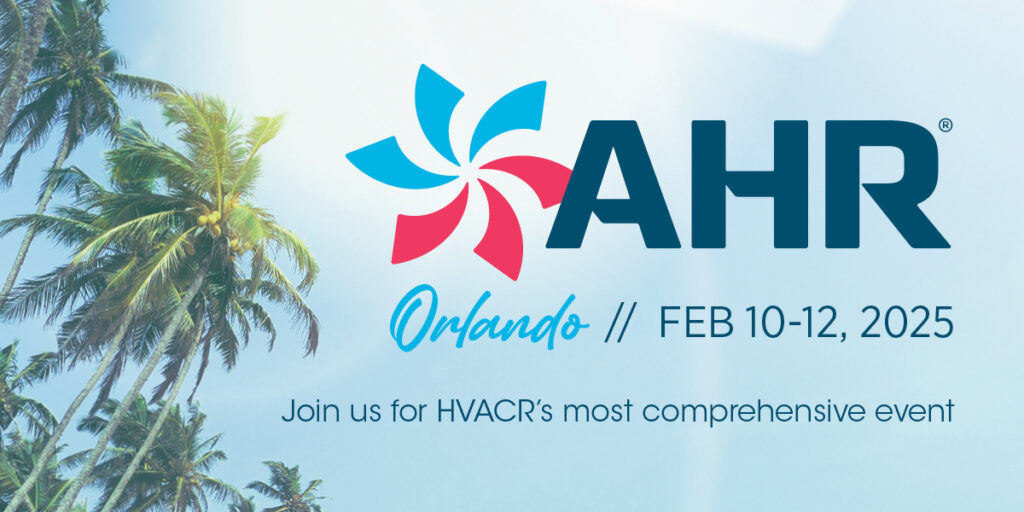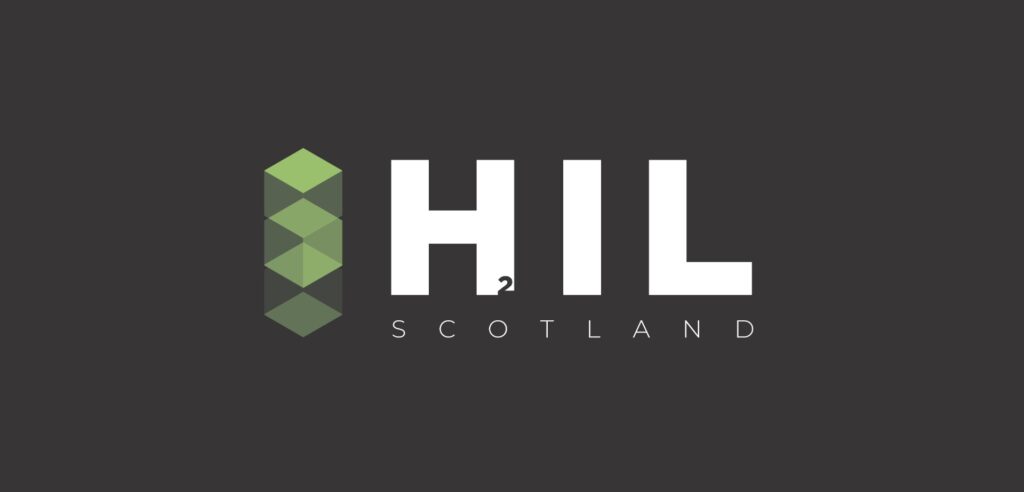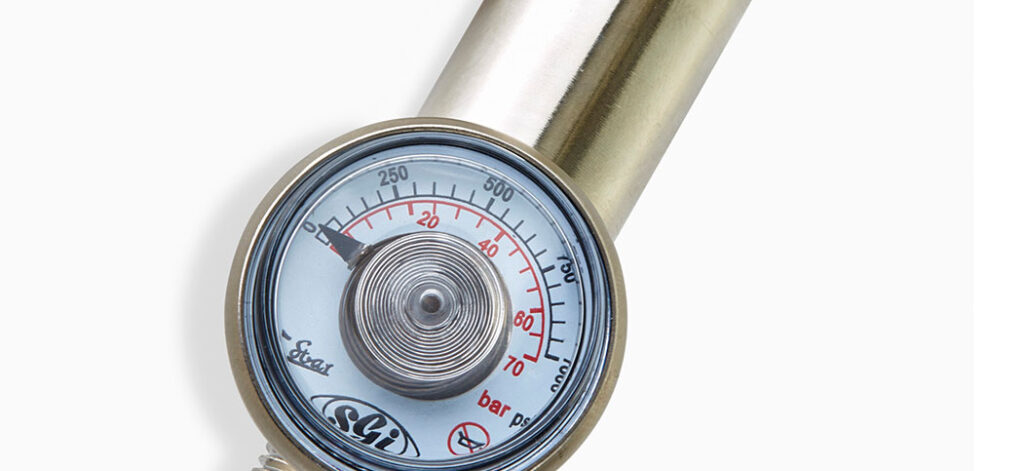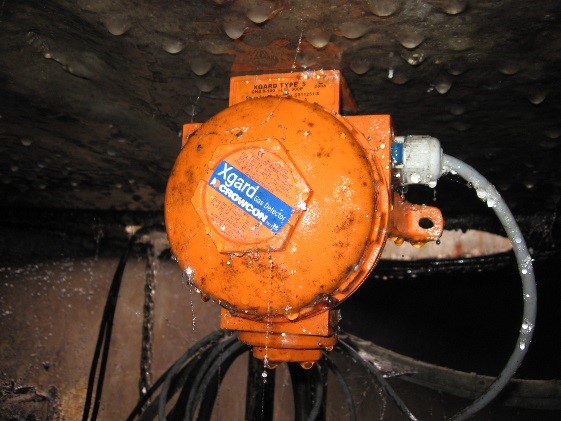A segurança conectada está se tornando uma expressão popular nos ambientes de saúde e segurança em geral, e na deteção de gás em particular. Isso é bom - porque não é exagero descrever a segurança conectada como um passo evolutivo no monitoramento e proteção de gás, e é um campo que está se desenvolvendo o tempo todo.
Neste post, vamos estabelecer exatamente o que a segurança conectada significa para quem monitora riscos de gás e descobrir por que vale a pena prestar atenção aos desenvolvimentos nessa área.
O que é a Segurança Ligada?
Em termos de monitorização de gás, a segurança conectada refere-se à utilização da Internet das coisas (IoT) para conectar dispositivos de deteção de gás (por exemplo, monitores de gás portáteis) a software que extrai as informações sobre a exposição ao gás e outros dados armazenados no detetor (a identidade do utilizador numa determinada sessão, a medida em que o dispositivo foi utilizado corretamente, etc.), analisa-os e apresenta-os em formas úteis.
Ao ligar sem fios cada monitor de gás - e os dados que recolhe durante cada sessão de trabalho - a um pacote de software especializado, pode detetar padrões de exposição a gases, padrões de utilização e má utilização de detectores e armazenar automaticamente todas as informações de que necessita para provar rapidamente a conformidade regulamentar e legal.
Quando esta informação é alargada a frotas inteiras de dispositivos, naturalmente os dados que produz também são alargados e podem ser agregados. E se esses dados forem utilizados, podem melhorar a segurança em toda a sua empresa e conduzir a decisões melhores e mais informadas.
É assim, em poucas palavras, que funciona a nossa solução Crowcon Connect.
Como é que o Crowcon Connect funciona para a Segurança Ligada?
O Crowcon Connect é o software próprio da Crowcon, que funciona com todos os detectores de gás portáteis actuais (fabricados a partir de 2004) e futuros da Crowcon. Como somos os proprietários e desenvolvemos o software, estamos constantemente a actualizá-lo à luz do feedback dos clientes e podemos fazer versões personalizadas quando necessário (embora também seja muito fácil para os utilizadores configurarem o painel de instrumentos padrão para satisfazer as suas próprias necessidades).
A atribuição rápida de utilizadores liga facilmente dispositivos, eventos e pessoas
Para cada sessão de trabalho, qualquer pessoa que necessite de um detetor portátil basta digitalizar a sua identificação (por exemplo, o seu cartão de identificação de trabalho) e é-lhe atribuído um dispositivo. Se não gostar desse dispositivo (por exemplo, se não for adequado para o trabalho em causa), pode simplesmente voltar a digitalizar o seu crachá para lhe ser atribuído outro detetor.
Quando o utilizador devolve o detetor à sua doca no final da sessão de trabalho, a doca transfere os dados para o portal Crowcon Connect, ao mesmo tempo que anula a atribuição do dispositivo, pronto para o utilizador seguinte.
Os dados transferidos para o portal incluem detalhes sobre o utilizador e o dispositivo, informações sobre exposição e alarme e uma gama completa de dados sobre gases. Quando esses dados chegam ao portal, o Crowcon Connect pode analisar os números e fazer a sua magia.
A Segurança Ligada simplifica os processos e melhora os resultados
A interface de utilizador do Crowcon Connect é muito intuitiva e fácil de personalizar, o que significa que cada utilizador pode ver precisamente as informações que lhe interessam, quando e onde quer que as necessite.
Por exemplo, torna-se muito simples provar a conformidade regulamentar quando estão disponíveis dados em tempo real e é fácil detetar áreas potencialmente perigosas quando os dados de alarme começam a acumular-se. Tarefas banais - como assinalar os detectores que devem ser calibrados e/ou submetidos a manutenção - podem ser automatizadas, o que poupa tempo e reduz o risco de erro humano.
É claro que também pode agregar dados de toda a frota, de todo o local e/ou de toda a equipa, o que lhe permite detetar padrões (por exemplo, de eventos de exposição ou perdas de dispositivos) e fazer alterações relevantes. Isto ajuda-o a melhorar a segurança do local e da força de trabalho, e pode sempre localizar detectores (e quaisquer trabalhadores ligados a eles) em tempo real.
A Segurança Ligada é o caminho do futuro?
Em uma palavra, sim. Vivemos num mundo orientado por dados e a utilização de informações está a impulsionar melhorias em todos os sectores, incluindo a deteção de gás. A nossa crescente (e cada vez mais difundida) dependência da tecnologia só vai amplificar isso.
Afinal de contas, os dados podem fazer muito para compensar as deficiências da gestão humana. Os dados são objectivos, não são guiados por suposições ou preconceitos e reflectem honestamente o que está realmente a acontecer no terreno e não o que se pretende que aconteça. Se alguma vez usou um monitor de fitness durante algum tempo, vai perceber esta ideia!
No entanto, a análise de dados só é útil se se basear em informações actuais e de qualidade superior - e é aí que entra a segurança ligada. As aplicações de segurança conectadas recolhem informações com precisão e em tempo real. Se gerir a monitorização de gás, com dados diretamente do dispositivo, estará a operar com base em informações objectivas e fiáveis. Além disso, pode utilizar essas informações para tornar as pessoas mais seguras - e até salvar vidas.
Nas próximas semanas, partilharemos mais algumas publicações sobre segurança ligada, pelo que deverá voltar a esta página para as ler. Entretanto, porque não consultar o nosso livro branco sobre segurança ligada para obter informações mais detalhadas ou consultar as nossas páginas Crowcon Connect?
INFORMAÇÕES SOBRE O SECTOR
Subscreva para receber as
últimas informações
na sua caixa de correio eletrónico
Ler sobre a Privacidade e Política de Cookies aqui. Se mudar de ideias, pode cancelar a subscrição em qualquer altura

